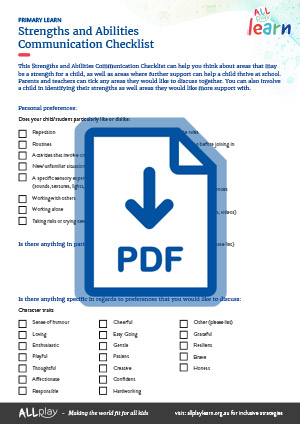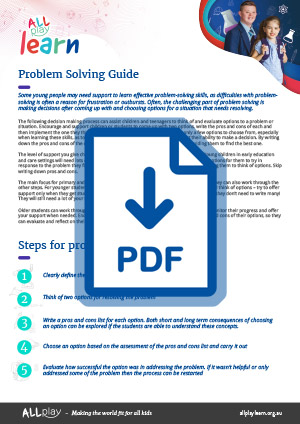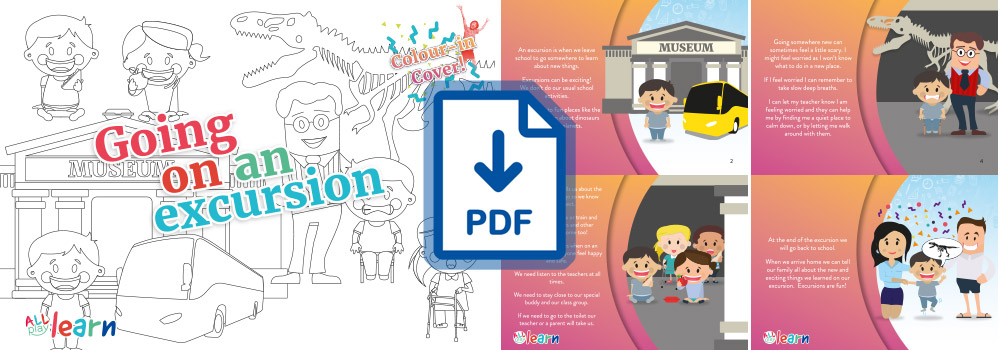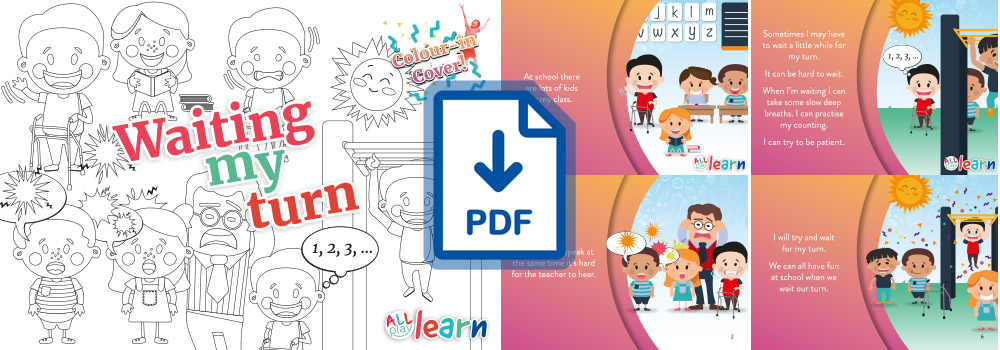Get their attention before speaking. Eye contact, gestures, touch or verbal prompts can be used to get children’s attention before giving instructions or speaking to them.
Speak clearly. Clear and direct instructions about the task, the behaviour expected, and how much time children have to work in may be helpful. These instructions may need to be repeated at the start of each new task.
Simplify instructions and learning. Consider breaking down big tasks into smaller ones. For example, give step-by-step instructions or visual instructions (i.e. pictures). It may be helpful to check their understanding before moving on to the next step or activity. For example, ask them to repeat instructions or answer questions.
Vary teaching formats. Consider using pictures, videos, PowerPoint presentation, objects, or demonstrations to explain concepts and tasks. Hands-on lessons can be very engaging!
Use computer software. Multimedia educational software on the computer or tablet may help some students focus on complex lessons, such as mathematics or reading. Interactive software where students can answer questions and receive immediate feedback are good for practising these skills. Some software can help improve memory and attention. Minimise potential distractions. It may be helpful to sit children with their backs facing windows, doors, corridors or other busy areas of the classroom. Distractions could be removed when not in use. Let students who are easily disrupted by sounds wear ear plugs or headphones while they work on individual tasks.
Select seating. Consider sitting children near friends who can model positive behaviours, or close to you so you can interact with them. Short seat breaks (e.g. run an errand, touch their toes), stability balls, cushions or study carrels may improve focus and restlessness. Similarly, holding blu-tack or a stress ball may help. Create a consistent daily routine. Rules and routines help a child know what is planned for the day so that they know what to do if they have missed instructions. Consider using a daily visual schedule with a timer/clock that students can see at all times. Access AllPlay Learn’s class schedule. Alternate activities. Consider giving tasks that require higher concentration earlier in the day. Mixing high- and low- interest activities throughout the day may help keep them interested. Breaks after finishing each small task may help with their attention.
Provide choices. Giving students choices in their work can increase engagement. Consider letting them write, draw, point to cue cards, demonstrate or talk to demonstrate their learning.
Match teaching to interests and abilities. Consider what students like and can do to keep things interesting or relevant and manageable for them. As they become more capable, the workload or difficulty can be slowly increased.
Help them. Some students may need help (e.g. prompts, demonstrations, praise) from teachers or other students when learning new skills. This help can be gradually reduced as they become more capable.
Work collaboratively in groups or with buddies. This will reduce distractions, making it easier for them to focus. Students can practise new skills, make friends, and learn by watching others. Buddies are also great for redirecting a distracted student. Give praise and correction immediately. Children may respond well when their own and others’ efforts and achievements are praised frequently. Brief and direct correction may be more successful than repeating instructions lots of times or paying attention to disruptive behaviour.
Redirect rather than reprimand. Consider asking a child to check displayed rules or redirecting a child who is distracted without causing embarrassment. Teach self-instruction skills. Consider guiding students to problem solve so they can persist with school work instead of getting frustrated. For example, they can follow these steps mentally or think out loud: “What is the problem?”, “What are my options?”, “I think this is the best option”, “Am I following my plan?” and “How did I do it?”
Teach students how to self-monitor. Consider giving children a checklist of behaviours that they would like to work on (e.g. raise hand to ask question). Prompt them to check off the list throughout the day. Access AllPlay Learn’s self-monitoring form. 











